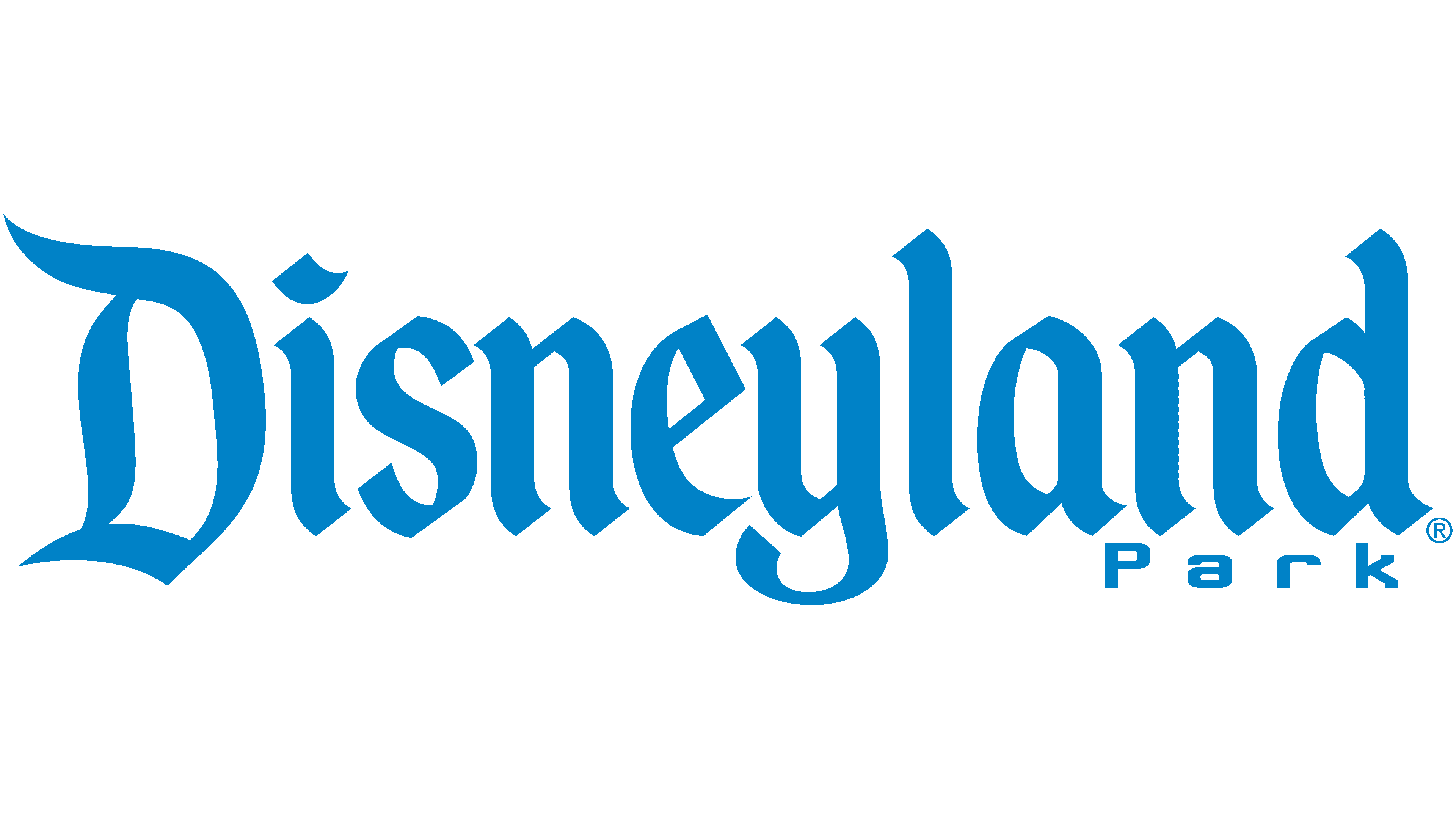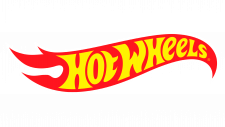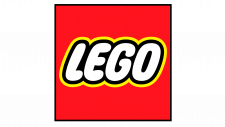Disneyland Logo
Disneyland, a subsidiary of The Walt Disney Company, is a world-renowned entertainment destination offering theme parks, resorts, and various recreational activities. Currently, its primary markets are in the U.S., Europe, and Asia, with parks in California, Florida, Paris, Tokyo, Hong Kong, and Shanghai. The Walt Disney Company, a multinational mass media and entertainment conglomerate, owns and operates Disneyland. This global entertainment giant continues to captivate audiences with its magical experiences, iconic characters, and storytelling prowess, solidifying its position as a leader in the entertainment industry.
Meaning and history
Disneyland, the brainchild of Walt Disney, was originally created as a place for families to experience the magic of Disney in a physical space. Opened in 1955 in Anaheim, California, it was the first-ever theme park and marked the beginning of a new era in family entertainment.
From the outset, Disneyland was a massive success. However, as the years passed, Walt Disney’s vision expanded, and so did Disneyland’s offerings. In 1971, Walt Disney World opened in Florida, adding another dimension to the Disneyland experience. This new park was larger and featured a range of attractions that were distinct from those in California.
The success of the California and Florida parks paved the way for international expansion. In 1983, Tokyo Disneyland opened its doors, followed by Disneyland Paris in 1992. These international parks incorporated the magic and storytelling that made Disneyland a household name while also adding local cultural elements to appeal to a broader audience.
Hong Kong Disneyland and Shanghai Disneyland opened in 2005 and 2016, respectively, further solidifying Disneyland’s global presence. These parks continued the trend of blending Disney magic with local culture to create a unique and immersive experience for visitors.
Despite the various changes in ownership and management over the years, The Walt Disney Company has remained at the helm of Disneyland’s operations. Today, Disneyland is a global phenomenon with a presence in the United States, Europe, and Asia, and it continues to be a beloved destination for families and Disney fans worldwide.
As we look to the future, Disneyland will undoubtedly continue to evolve and expand its reach. With the advent of new technologies and changing consumer preferences, Disneyland has the potential to offer even more immersive and personalized experiences for visitors, further solidifying its place as the leader in family entertainment.
1955 – Today
Initially, Walt Disney envisioned naming the entertainment hub “Mickey Mouse Park,” but subsequently opted for “Disneyland.” This title was inaugurated in 1954 through a TV series broadcasted on ABC, which played a pivotal role in garnering funds for the park’s construction. ABC network consented to finance the park, securing the rights to air the show in return.
The inaugural emblem of Disneyland showcased the park’s name inscribed in a distinctive font style. This lettering bears a resemblance to the medieval Gothic script, with its black hue accentuating this parallel, thereby rendering the text quite striking and full of expression.
The choice of name and unique logo were instrumental in creating a distinct brand identity for Disneyland, establishing it as a premiere destination for family entertainment. The TV series not only facilitated the park’s funding but also played a crucial role in marketing Disneyland, captivating the audience’s imagination and enticing them to experience the magic firsthand. The Gothic-inspired logo, with its rich historical connotations, added an element of fantasy and wonder, perfectly encapsulating the enchanting world that awaited visitors. Today, the Disneyland brand continues to thrive, its name and logo instantly recognizable symbols of joy, imagination, and timeless entertainment.
2000 – Today
To delineate Disneyland Park from the eponymous Disneyland Resort, the venue’s official name was altered, and its logo subsequently adapted. The term “Park” was seamlessly incorporated into the existing text, positioned in the bottom right corner and crafted from sans serif typography, albeit in a smaller font size. While the central design remains unaltered, the once black coloration has transformed into a soothing light blue.
The park’s insignia features a quintessential Disney princess castle, complete with a fortified wall, myriad towers, and five pointed flags, all rendered in a charming cartoon style. Despite its formidable appearance, the castle doesn’t seem impenetrable, given that its lattice gate is welcomingly ajar. This open entrance serves as an invitation to all those eager to explore, hinting at the myriad fun-filled activities that lie in wait.
This emblem, despite its two-dimensional nature and a simplistic black-and-white color palette, doesn’t detract from the fairytale essence of the scene. The minimalist approach in fact adds to the overall narrative, encapsulating the magical realm of the Disney universe and inviting guests to step into a world where dreams come true and imagination knows no bounds. It’s a testament to the brand’s legacy, a symbolic beacon that continues to draw people from across the globe, eager to experience the enchantment that is Disneyland.













